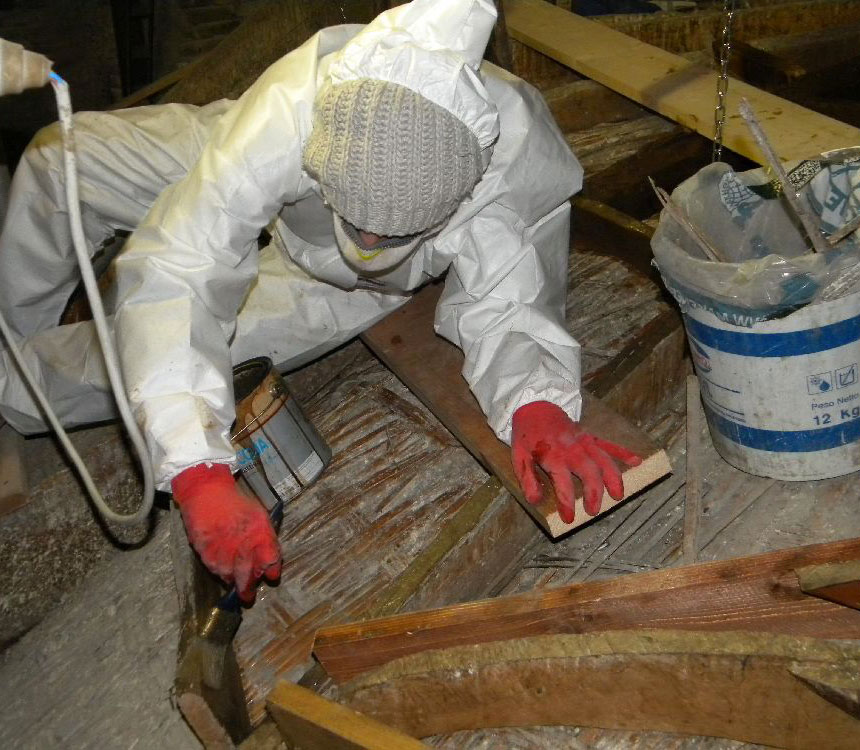Palazzo Guiccioli is a historical building located in the heart of the city of Ravenna. The complex opens out on an overall surface of 2,220 sq. m according to the land register, and is divided into five floors. It is made up of a main structure built in the 17th century, and other internal buildings so as to create an ample indoor garden with a porch on the side.
George Gordon Byron (1778-1824) lived together with Teresa Gamba Guiccioli in these rooms with their neoclassical style, in what was the most joyous and productive years of his short and legendary literary life. Alessandro Guiccioli, Lord Byron and Pietro Gamba (brother of Teresa), were participants and protagonists in the first political conspiracies formed within the austere walls of the palace, that triggered the coalers movement in 1820-21. Afterwards even Luigi Carlo Farini (1812-1866) took residence here as one of the artificers of the Italian Resurgence in 1835, and from which he conducted his medical practice in Ravenna.
Ediltecnica, as executive company, took charge of all of the structural diagnosis (comprehensive geological, geotechnical and pre-seismic checkup), diagnostic investigations, and analysis of the materials, by using state-of-the-art instruments, onsite nondestructive tests and specific laboratory analyses. A proposal was thus formulated as to the intervention in the restoration of the complex. The structural operation achieved until now includes the restoration and reinforcement of the cane domes, attics, walls, and the roof. In the basement a rising humidity had to be dealt with. During the reinforcement of the structure, the restoration of the façade and the wall ornaments progressed smoothly. Even archeological excavations were done at the porch and basement, which brought to light ancient pottery as well as structures belonging to buildings built before the actual palace.
The goal of the Palazzo Guiccioli restoration is to enrich the cultural offer of Ravenna, with the objective of converting the complex into a museum dedicated to Lord Byron and the Italian Resurgence. This is an occasion to create an innovative and virtuous museum circuit, that through the city offers a renewed attraction for our territory’s tourism, which will also be for families, researchers, and enthusiasts.

